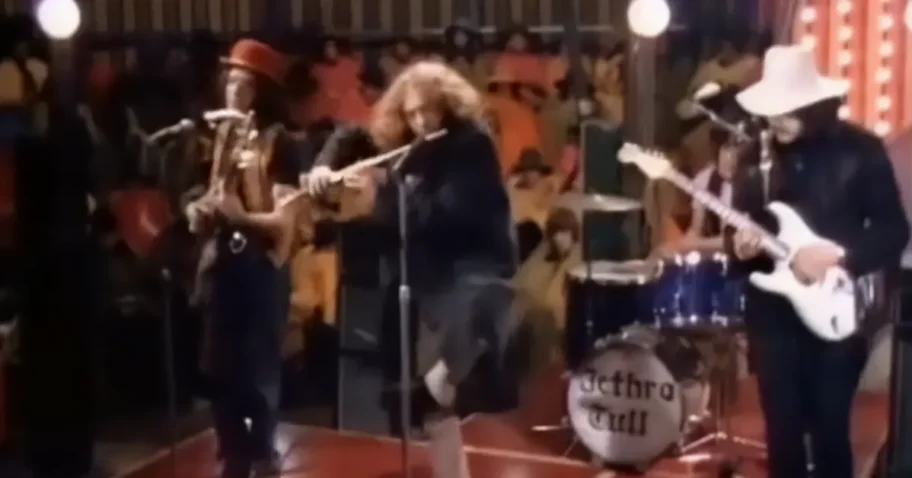Jethro Tull
Jethero Tull Jethro Tull is a British rock group that was formed in 1967. The band is named after an 18th-century agricultural pioneer, Jethro Tull, who is credited with inventing.
A Reverie of Melodies: Jethro Tull's "Song For Jeffrey" Within the vast landscape of Jethro Tull musical tapestry, one song stands as a testament to their lyrical brilliance and evocative.
Jethro Tull Unique Blend of Folk, Jazz, and Rock Jethro Tull is a British progressive rock band that rose to prominence in the late 1960s and 1970s. Led by frontman.
Jethro Tull Unique Blend of Folk, Jazz, and Rock Jethro Tull is a British progressive rock band that rose to prominence in the late 1960s and 1970s. Led by frontman.
Jethro Tull: A Master of the Flute in Rock Music When you think of flute in rock music, Jethro Tull's Ian Anderson probably comes to mind. The band's frontman, Anderson's.








